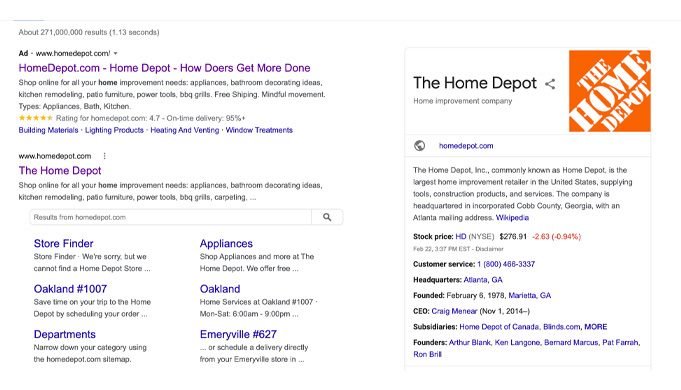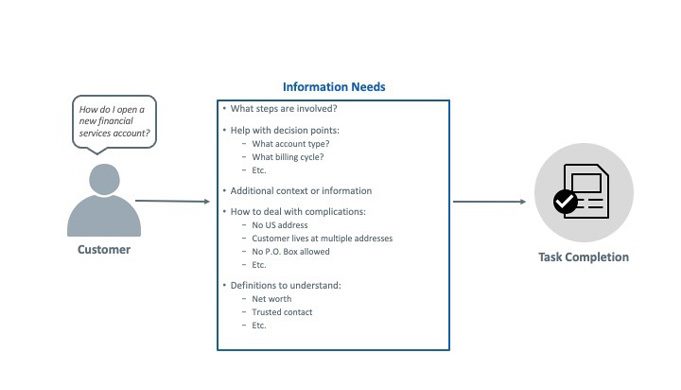SHARE

This post originally appeared on CMSWire by Lindy Roux, Tendo Communications Executive Vice President and Partner.
Want to deliver a better omnichannel experience for your customers? Then change the way you create and deliver content.
Content plays a primary role in omnichannel strategy: Your customers expect clear, contextual information at every step of their digital journey, available on all their preferred channels. You probably already knew that.
But many content strategists and marketers don’t yet realize how technology innovations like headless content management systems (CMS) have put us at the threshold of an omnichannel revolution — creating a far more efficient way to deliver consistent content across channels and devices. To take advantage, however, you must adopt a new approach.
Here are two building blocks for a modern omnichannel content strategy:
- Structured content: Break down content into its individual component parts, so that it can be easily re-assembled, repurposed or personalized for different channels.
- User journey maps: Begin creating structured content with this common UX tool that helps you pinpoint what content your customer requires — at each step — to complete a task or goal.
Structured Content: A Powerful Tool for Your Omnichannel Strategy
Structured content is already part of your everyday life. Just check out any Google SERP page (let’s say, Home Depot) to see how individual structured content fields from different origins assemble themselves to display a business’s address, phone number, thumbnail image, stock price and more. But this intuitive approach has many more use cases, many of them untapped.

To understand the advantages of structured content, first consider how omnichannel content creation works without it. Let’s take the example of a B2B customer setting up a new account in a financial services SaaS product. At each step, they’ll need instructions, tips and answers to their questions, which they could find through a webpage FAQ, chatbot, app tutorial pop-up, or a live customer service agent. That means a content strategist must write up separate answers or text instructions for each of these channels. And then when the answer changes, they must update each one of them manually. Talk about tedious.
As Noz Urbina, founder of the OmnichannelX conference, says, “Channels don’t all need their own creative. Get over it!“
What he means is that in a structured content environment, you only need to create information once. Rather than writing a static FAQ webpage and manually repurposing text for different channels, you can format each question and answer into its own structured content field within your CMS or digital platform. Then technology does the heavy lift, pushing it out to each relevant channel—a webpage, SaaS platform page, mobile app, or even a “smart” hardware product. That’s the magic of breaking down content into smaller chunks and snippets.
To unlock the potential of your omnichannel content strategy, you must first “atomize” your content and find its lowest common denominators. Set your content free! Unshackle it from static formats like a “blog post,” “product webpage” or “FAQ.”
The Why and How of Mapping User Experience Journeys
For structured content to support the omnichannel customer experience, it must be planned carefully at the outset. It must be shaped around customer needs, goals and decision points along the way. That’s why mapping the user experience (via journey maps) is always the first step for your omnichannel content strategy. Journey maps and task flow diagrams (or experience flow diagrams) put a specific task or goal under a microscope to break down each step — and identify the informational needs, customer questions, decision points and potential complications.

With an understanding of the customer’s basic informational needs, you can next determine:
- Content formats: The most useful and customer-centric content types you must create — from knowledge articles to glossary terms and FAQs — to support informational needs at each step and facilitate the journey.
- Content structure: How you’ll break up larger content assets into smaller blocks that can be served at different stages. For example, pulling out individual tips from a troubleshooting guide, or individual terms from a glossary.
- Content channels: What channels your customers might use during their task, and how you’ll serve content to each one, from website pages to chatbots and in-product help support.

When your content creation process begins with a user experience map, the result will be:
- Structured content that is more customer-centric and contextualized for their needs.
- A more seamless and consistent omnichannel experience for your customers.
A New Mindset for Content Creators
Developers and technologists already understand how structured content facilitates better omnichannel experiences. Now it’s time for content strategists and marketers to take ownership of this innovation and help realize its potential.
That will require a new mindset for content creation. Strategists and content marketers must think differently about the end-products they’re creating: not just static blog posts, webpages and instructional guides, but potentially dozens of smaller content blocks that can be assembled as a FAQ, or blown apart into individual tool-tips or answers. That’s the future of omnichannel content strategy, enabled by a new generation of headless CMS and digital experience platforms.
Subscribe for Content Strategy Trends and Guidance
Get our monthly e-newsletter with Tendo’s latest thought leadership and content resources for B2B leaders.




